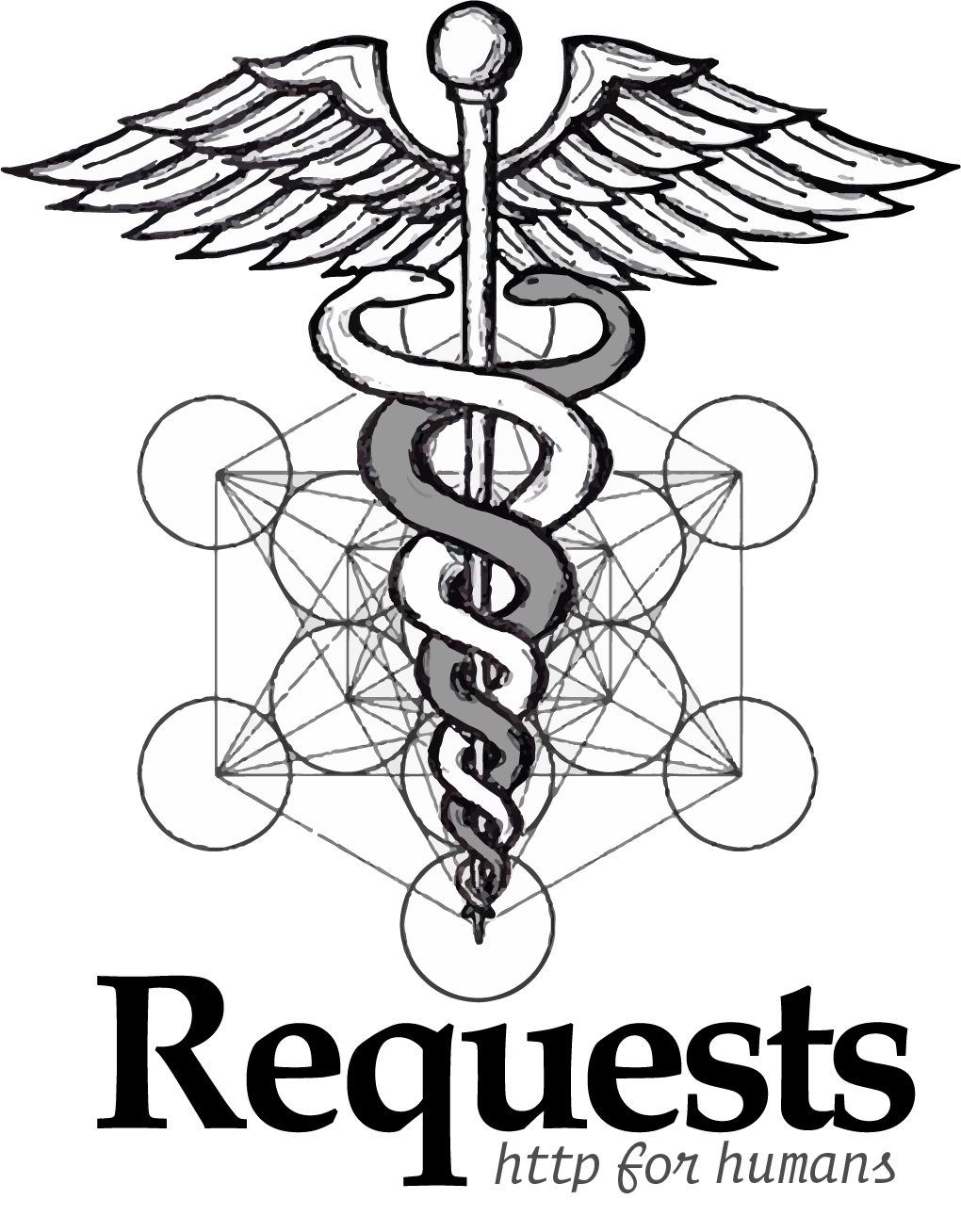Vulnerability Disclosure¶
If you think you have found a potential security vulnerability in requests, please email sigmavirus24 and Lukasa directly. Do not file a public issue.
Our PGP Key fingerprints are:
0161 BB7E B208 B5E0 4FDC 9F81 D9DA 0A04 9113 F853 (@sigmavirus24)
90DC AE40 FEA7 4B14 9B70 662D F25F 2144 EEC1 373D (@lukasa)
If English is not your first language, please try to describe the problem and its impact to the best of your ability. For greater detail, please use your native language and we will try our best to translate it using online services.
Please also include the code you used to find the problem and the shortest amount of code necessary to reproduce it.
Please do not disclose this to anyone else. We will retrieve a CVE identifier if necessary and give you full credit under whatever name or alias you provide. We will only request an identifier when we have a fix and can publish it in a release.
We will respect your privacy and will only publicize your involvement if you grant us permission.
Process¶
This following information discusses the process the requests project follows in response to vulnerability disclosures. If you are disclosing a vulnerability, this section of the documentation lets you know how we will respond to your disclosure.
Timeline¶
When you report an issue, one of the project members will respond to you within two days at the outside. In most cases responses will be faster, usually within 12 hours. This initial response will at the very least confirm receipt of the report.
If we were able to rapidly reproduce the issue, the initial response will also contain confirmation of the issue. If we are not, we will often ask for more information about the reproduction scenario.
Our goal is to have a fix for any vulnerability released within two weeks of the initial disclosure. This may potentially involve shipping an interim release that simply disables function while a more mature fix can be prepared, but will in the vast majority of cases mean shipping a complete release as soon as possible.
Throughout the fix process we will keep you up to speed with how the fix is progressing. Once the fix is prepared, we will notify you that we believe we have a fix. Often we will ask you to confirm the fix resolves the problem in your environment, especially if we are not confident of our reproduction scenario.
At this point, we will prepare for the release. We will obtain a CVE number if one is required, providing you with full credit for the discovery. We will also decide on a planned release date, and let you know when it is. This release date will always be on a weekday.
At this point we will reach out to our major downstream packagers to notify them of an impending security-related patch so they can make arrangements. In addition, these packagers will be provided with the intended patch ahead of time, to ensure that they are able to promptly release their downstream packages. Currently the list of people we actively contact ahead of a public release is:
Jeremy Cline, Red Hat (@jeremycline)
Daniele Tricoli, Debian (@eriol)
We will notify these individuals at least a week ahead of our planned release date to ensure that they have sufficient time to prepare. If you believe you should be on this list, please let one of the maintainers know at one of the email addresses at the top of this article.
On release day, we will push the patch to our public repository, along with an updated changelog that describes the issue and credits you. We will then issue a PyPI release containing the patch.
At this point, we will publicise the release. This will involve mails to mailing lists, Tweets, and all other communication mechanisms available to the core team.
We will also explicitly mention which commits contain the fix to make it easier for other distributors and users to easily patch their own versions of requests if upgrading is not an option.
Previous CVEs¶
Fixed in 2.6.0
CVE 2015-2296, reported by Matthew Daley of BugFuzz.
Fixed in 2.3.0

